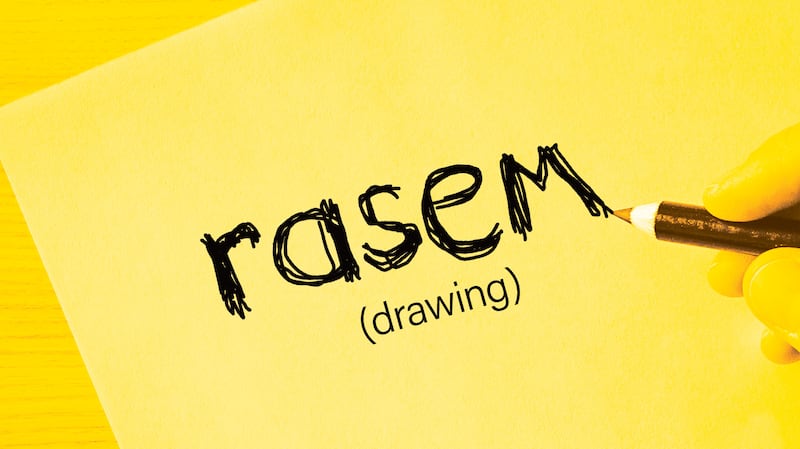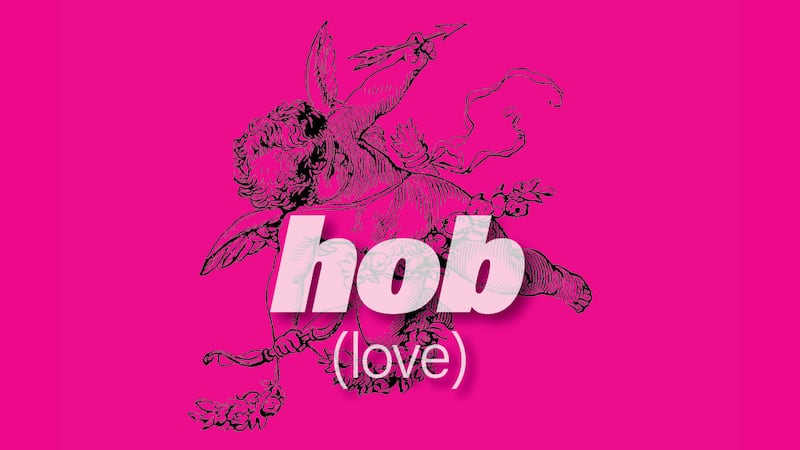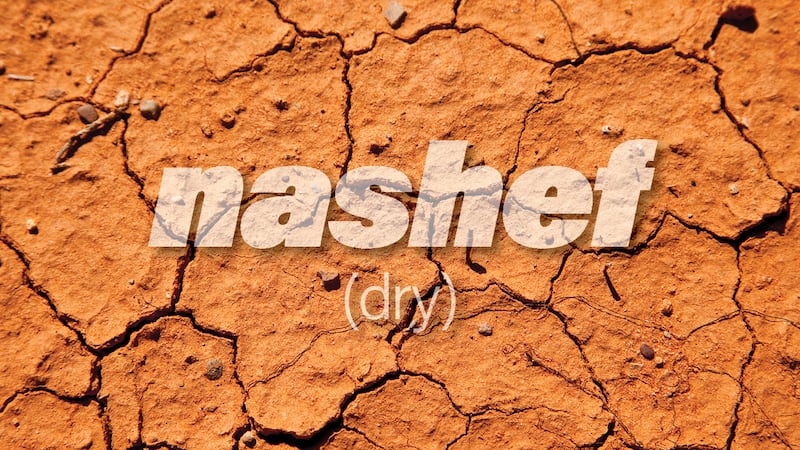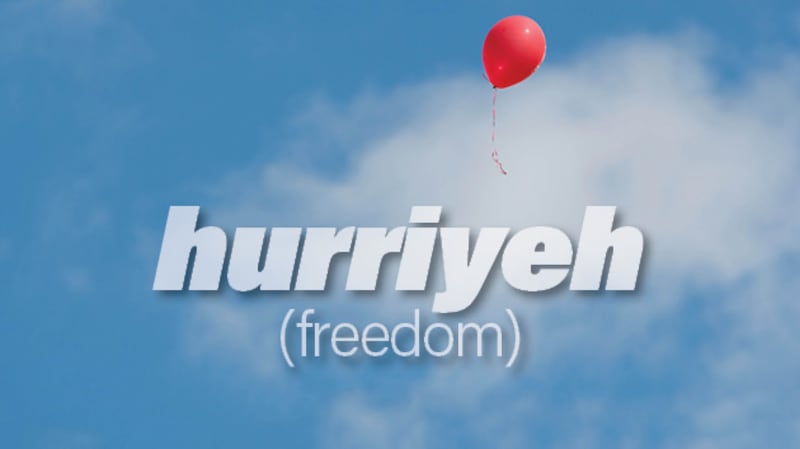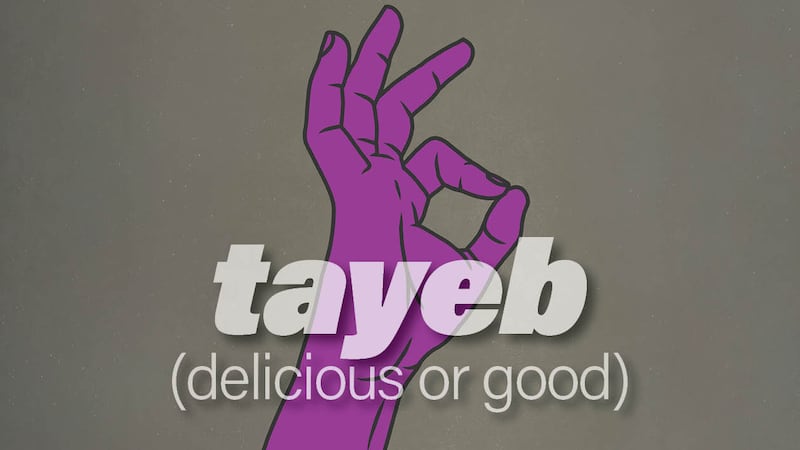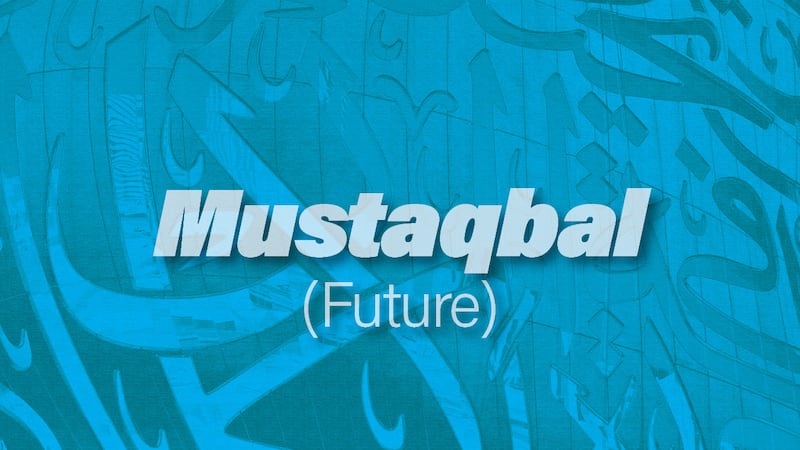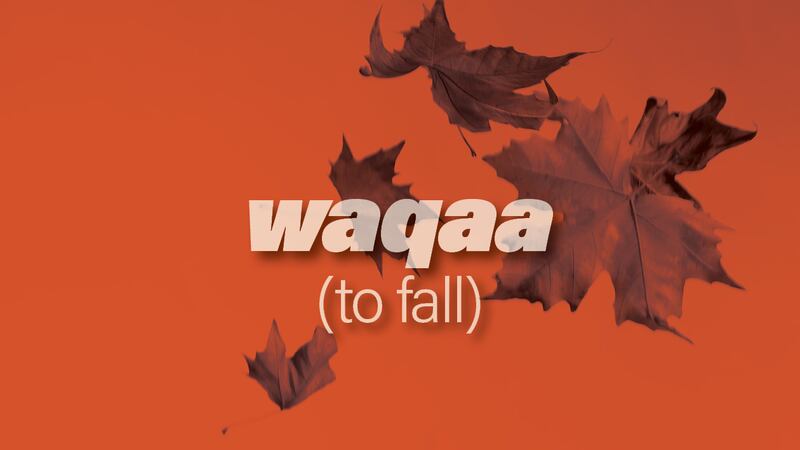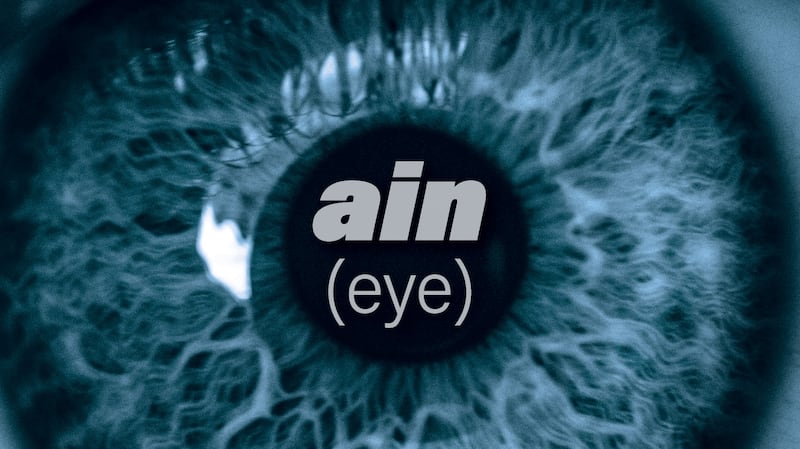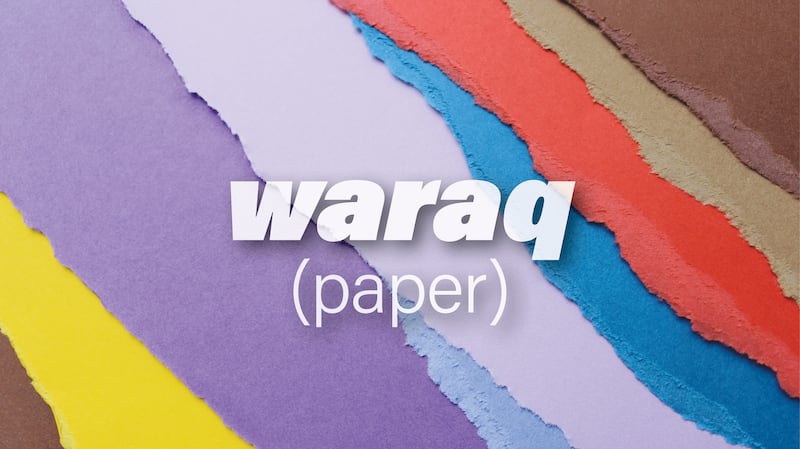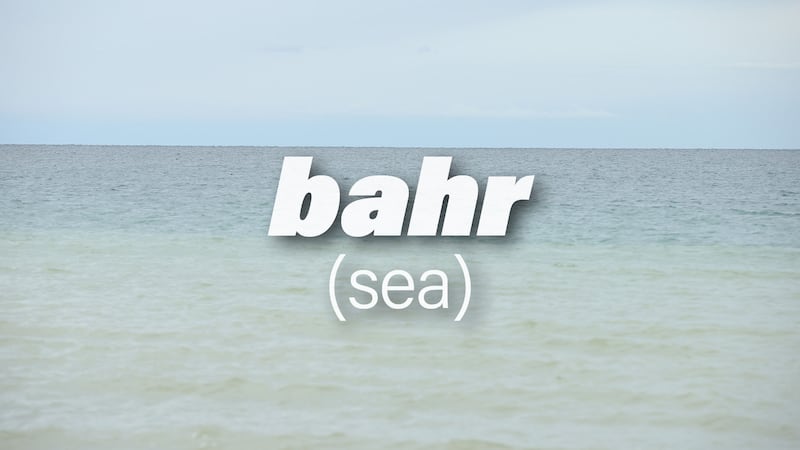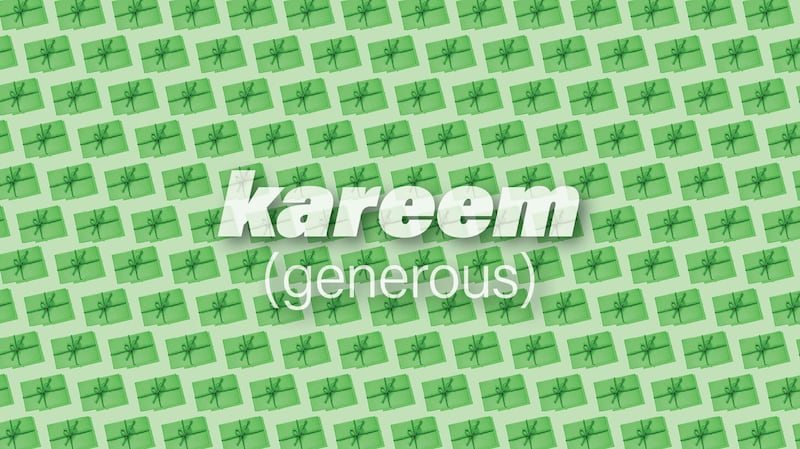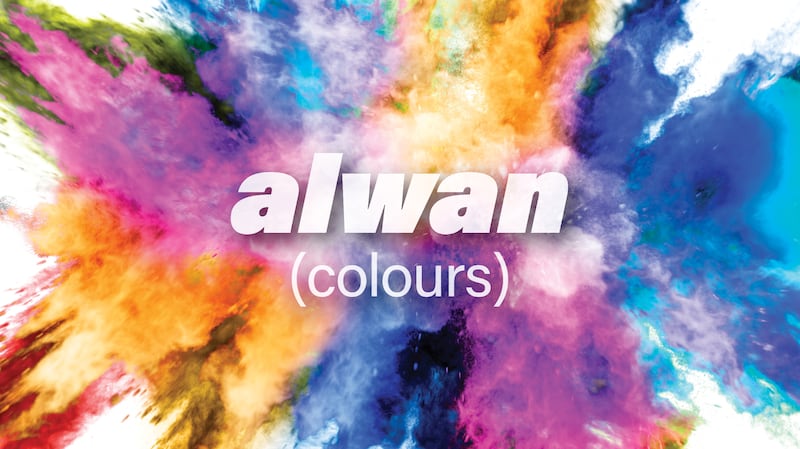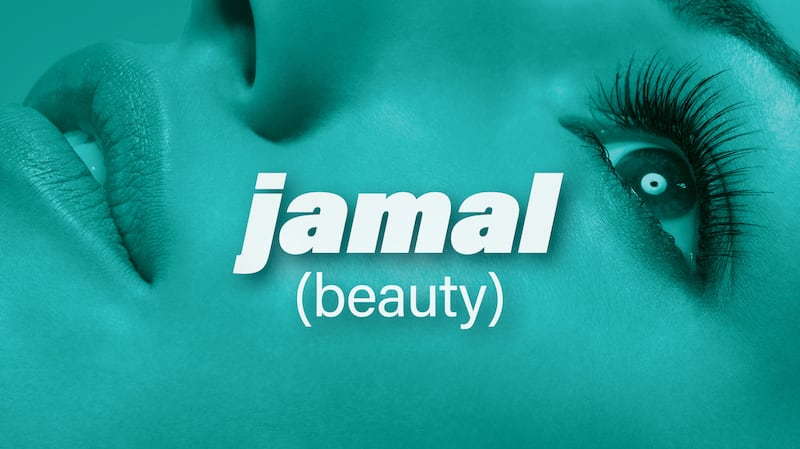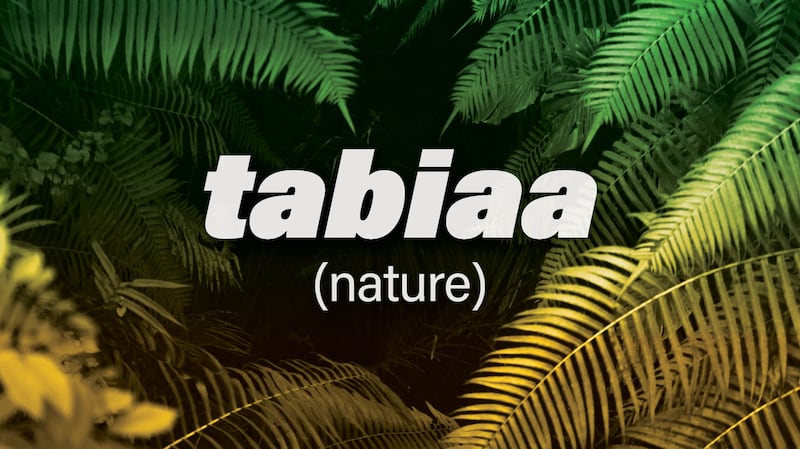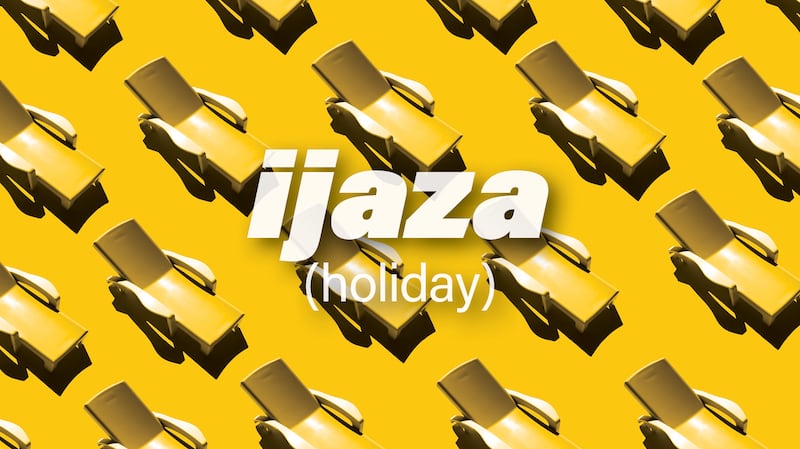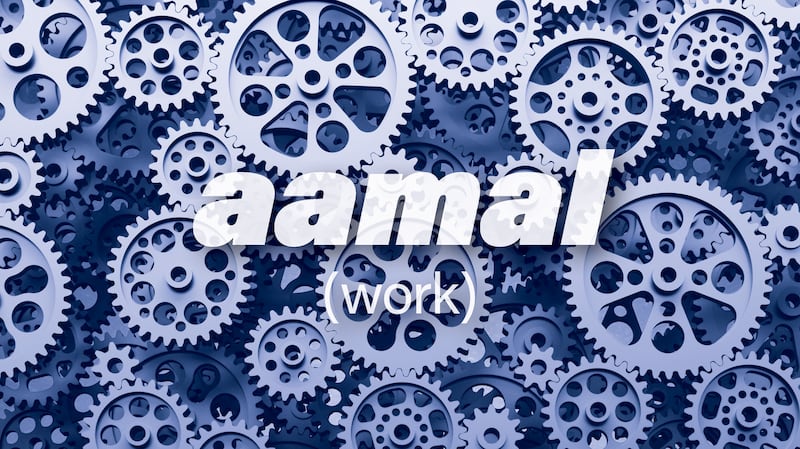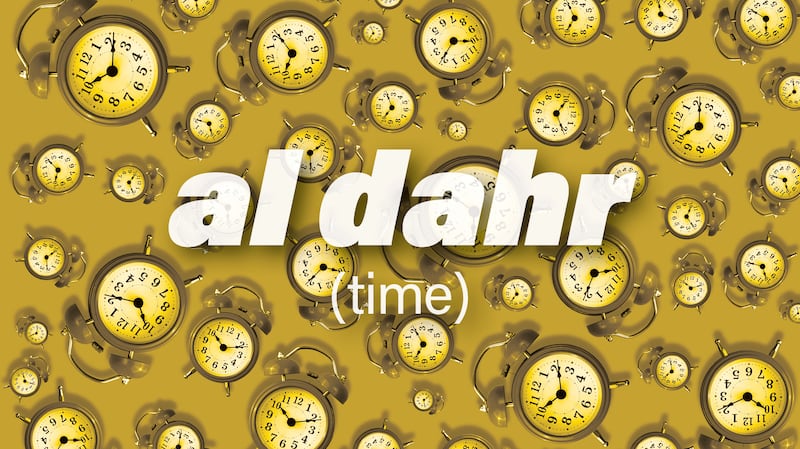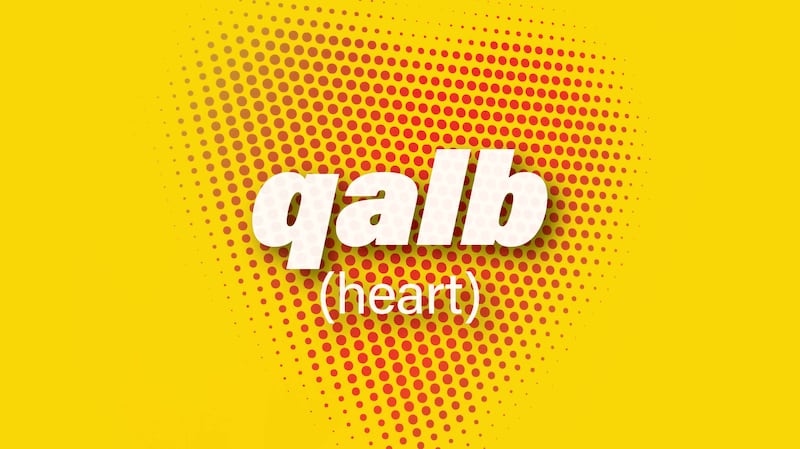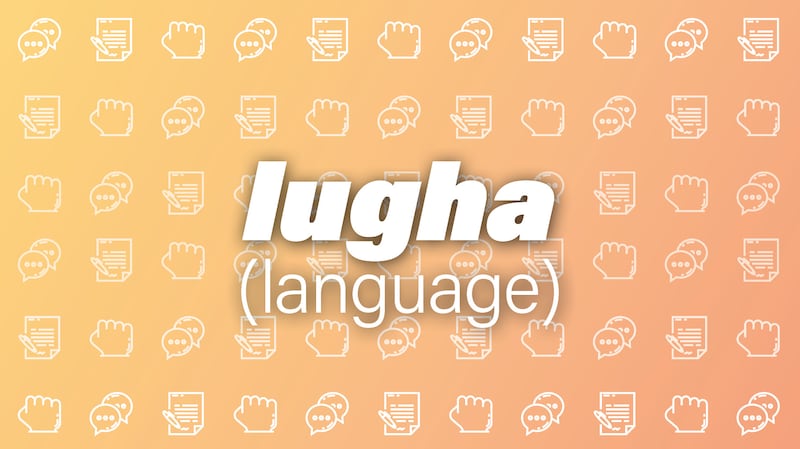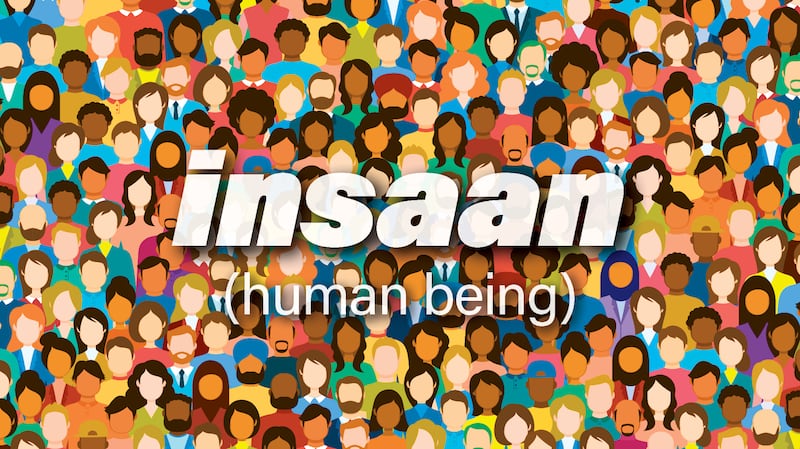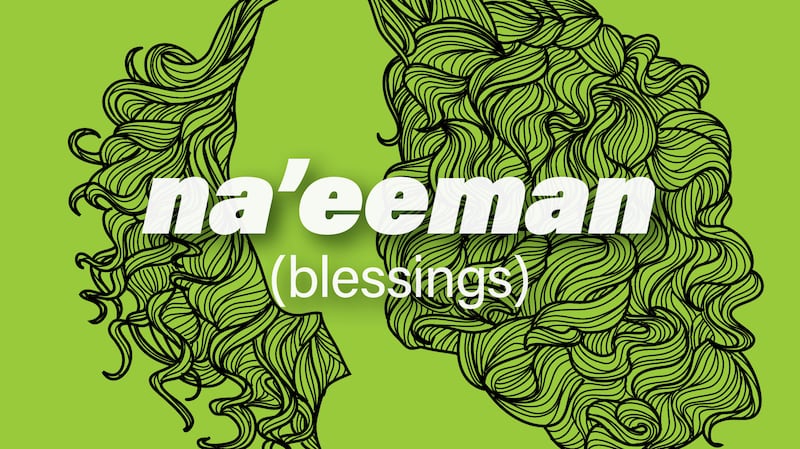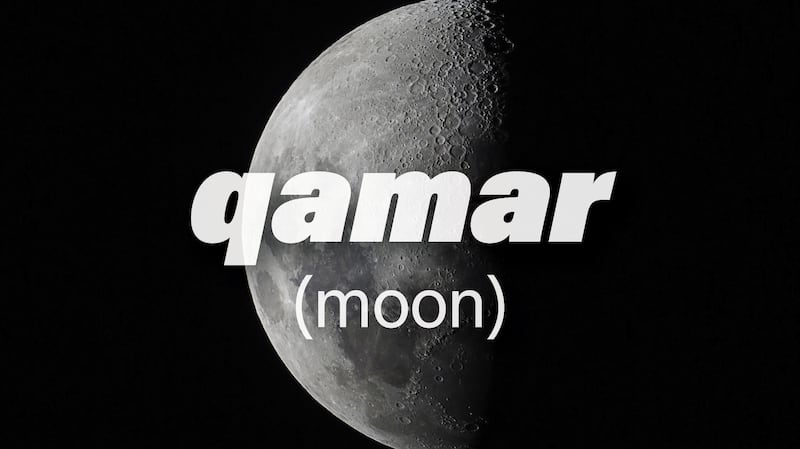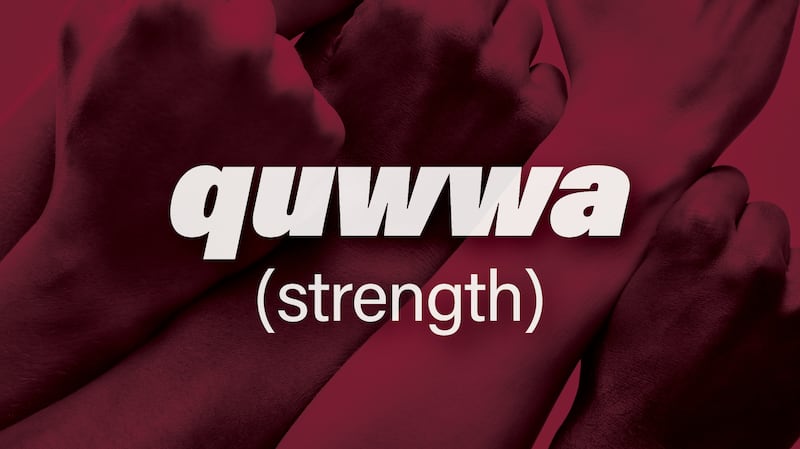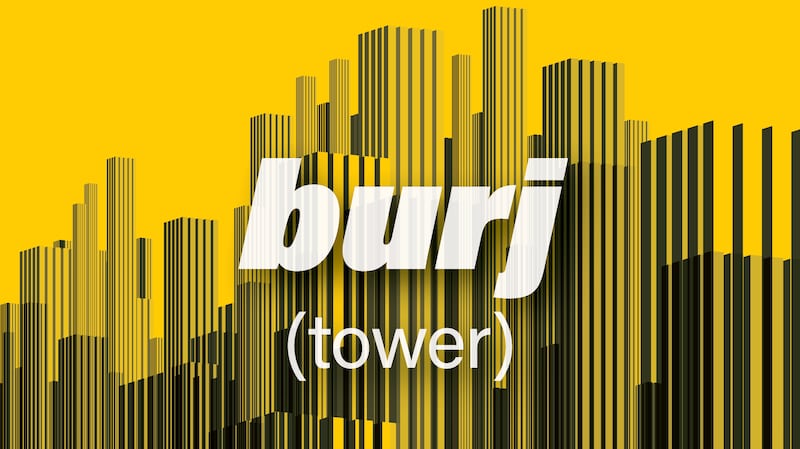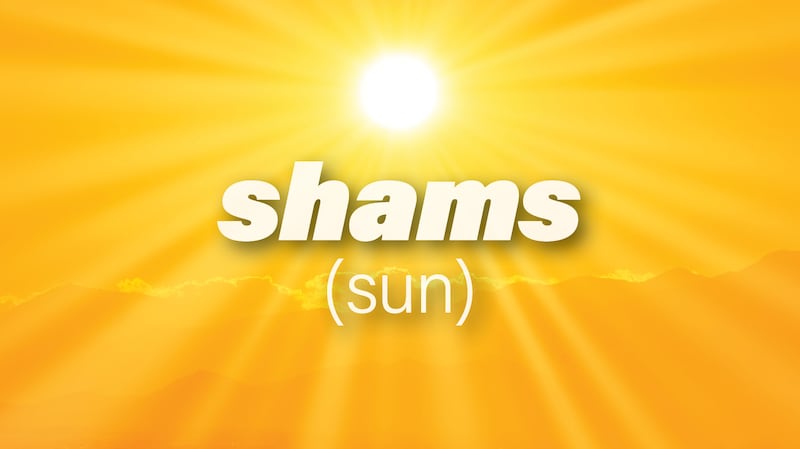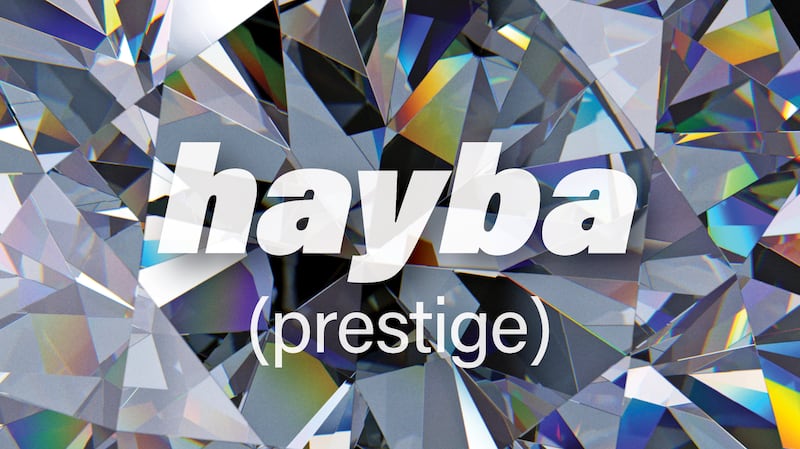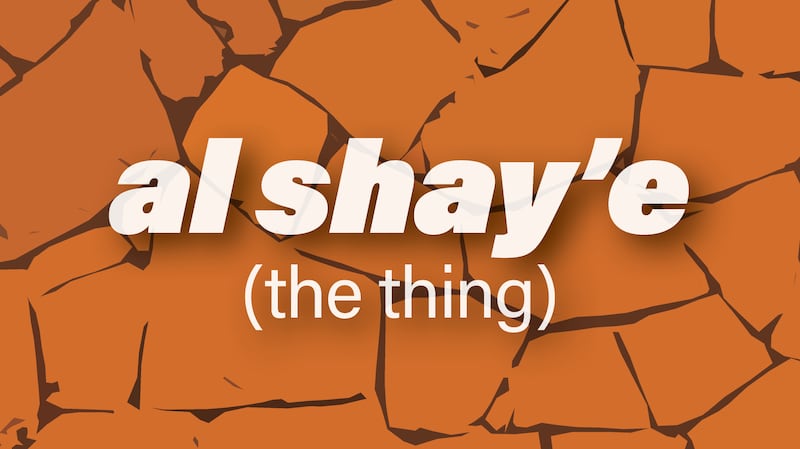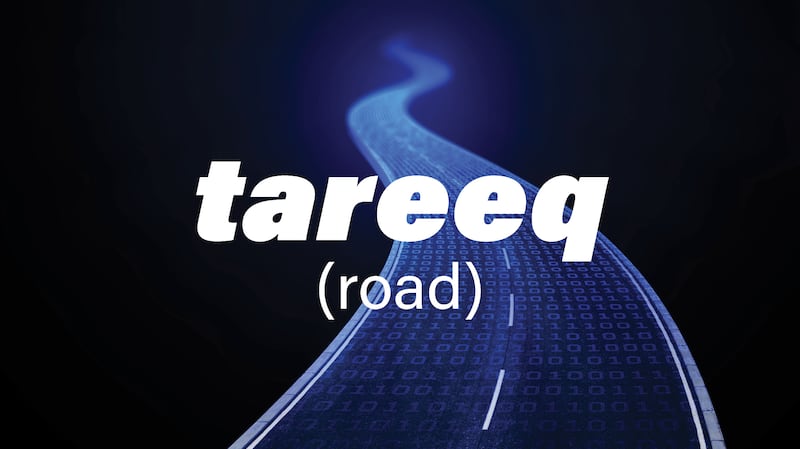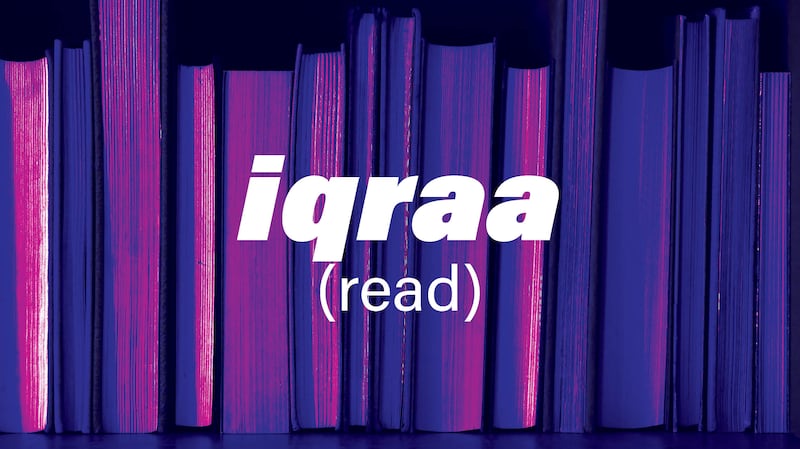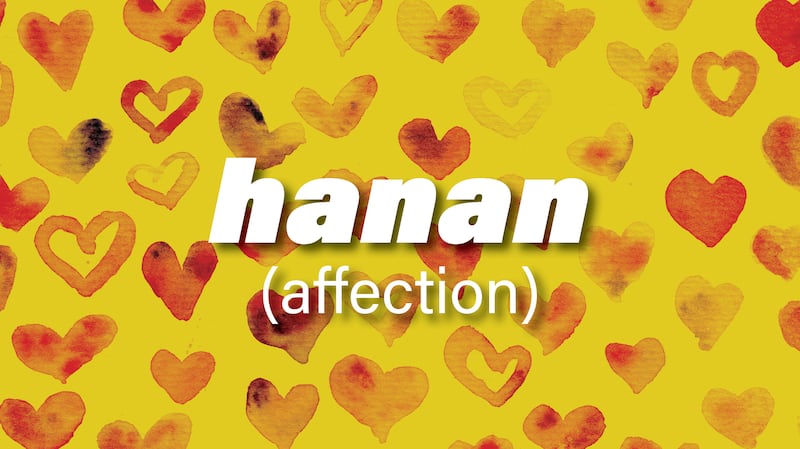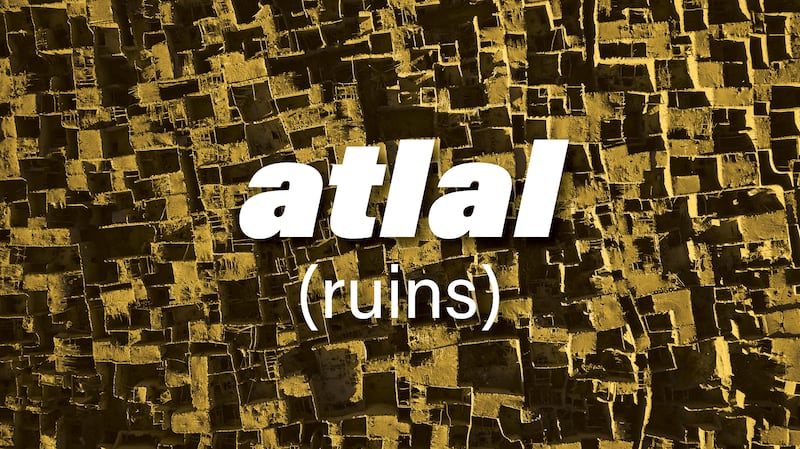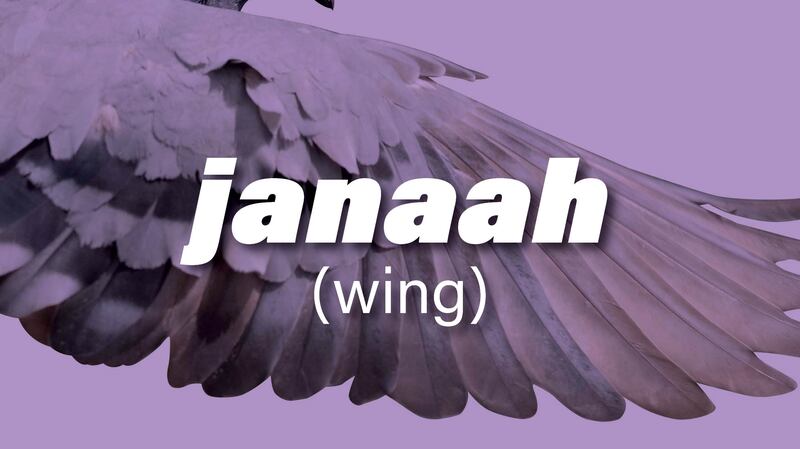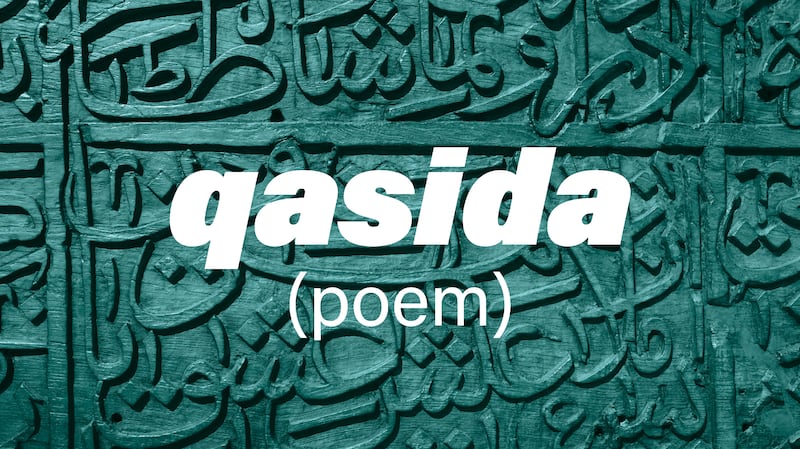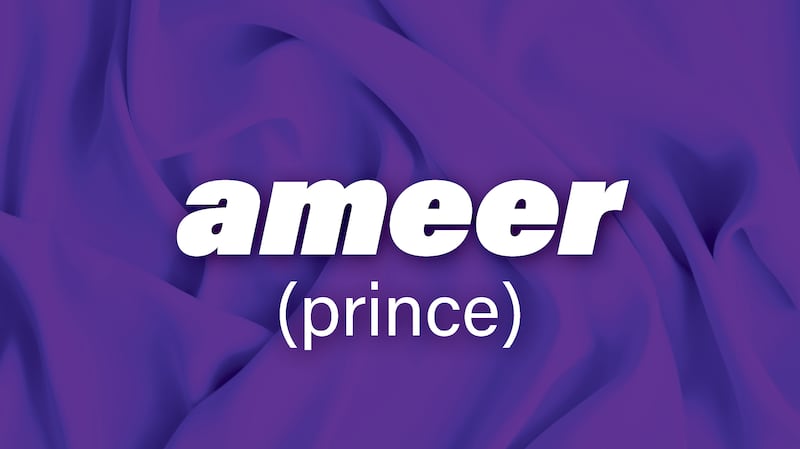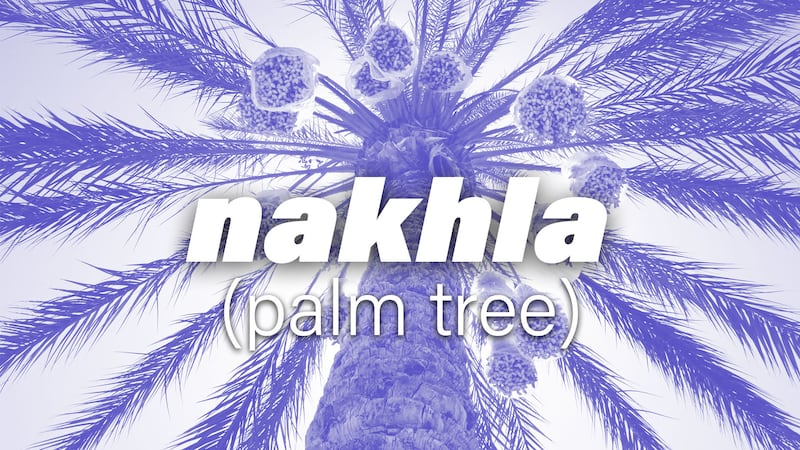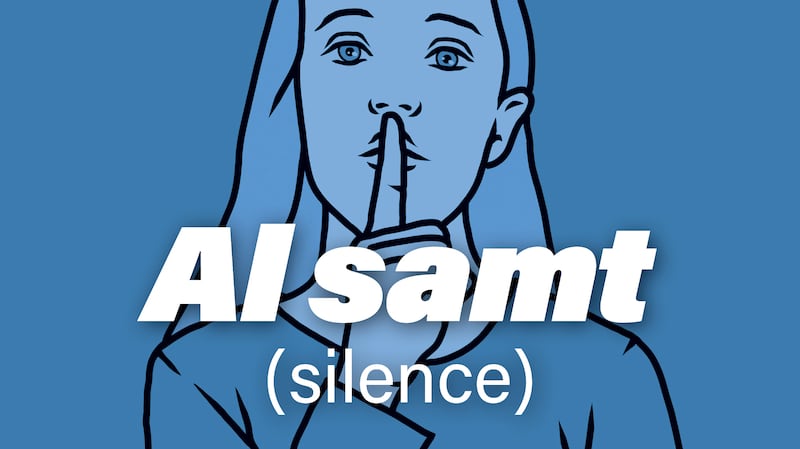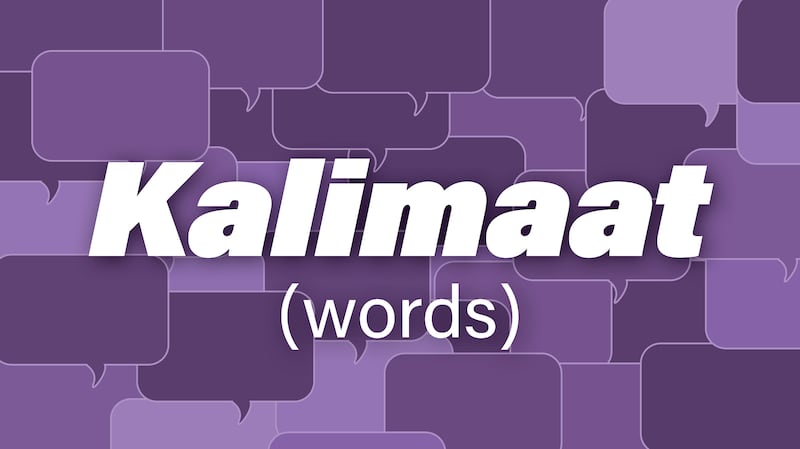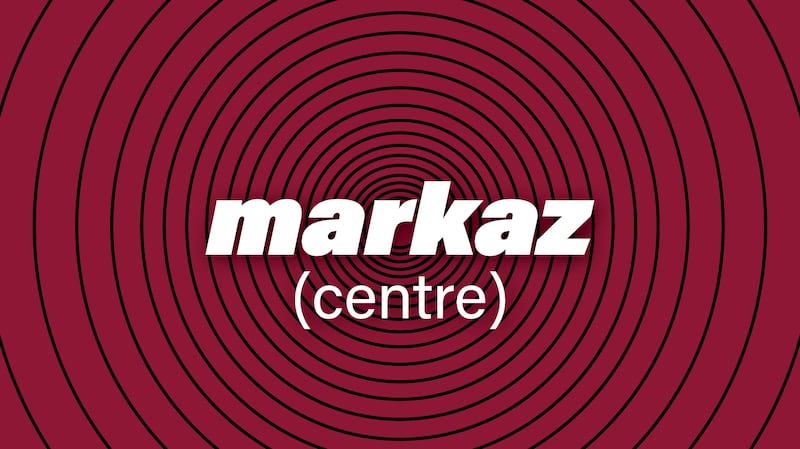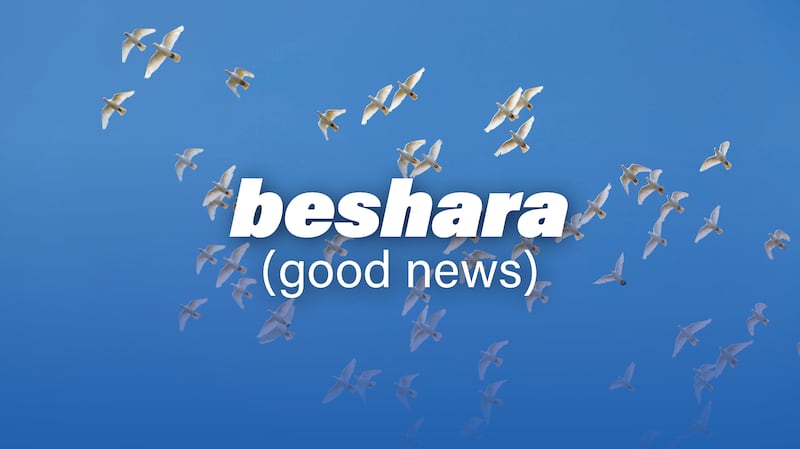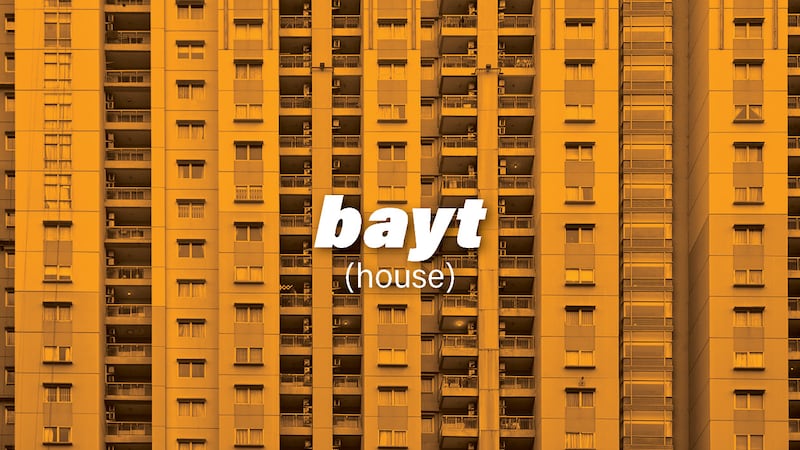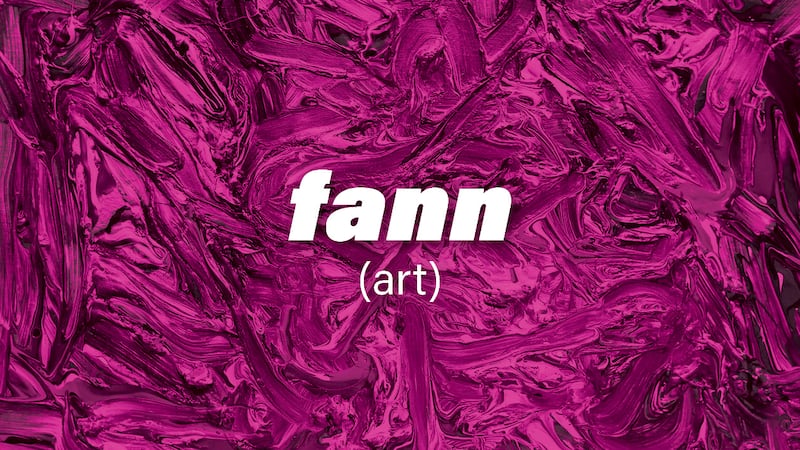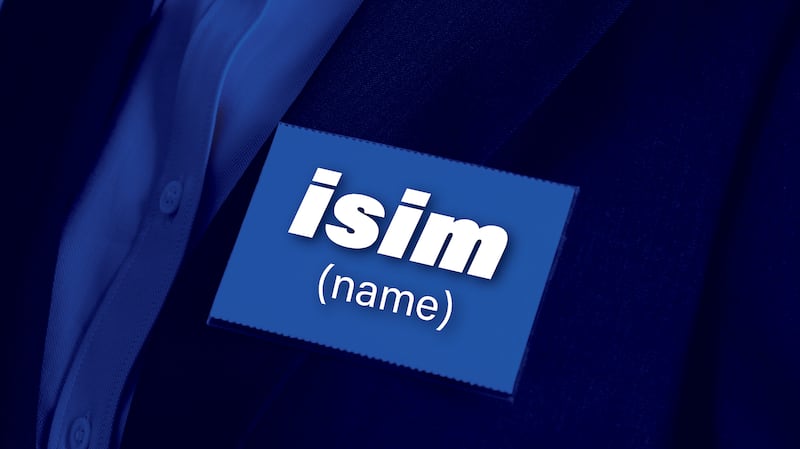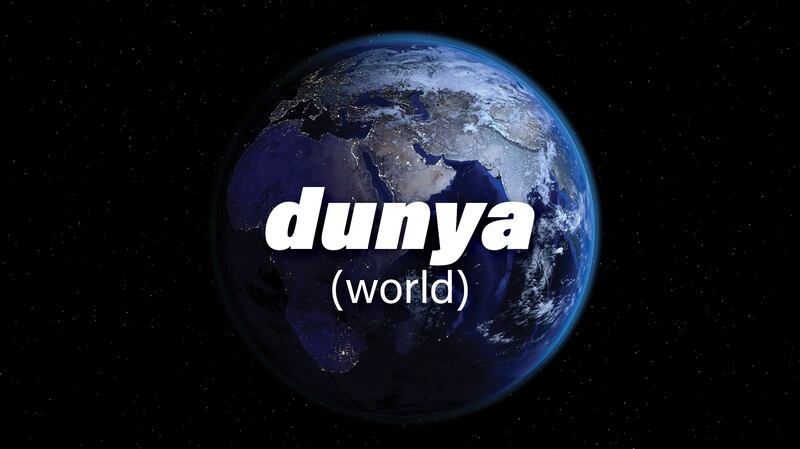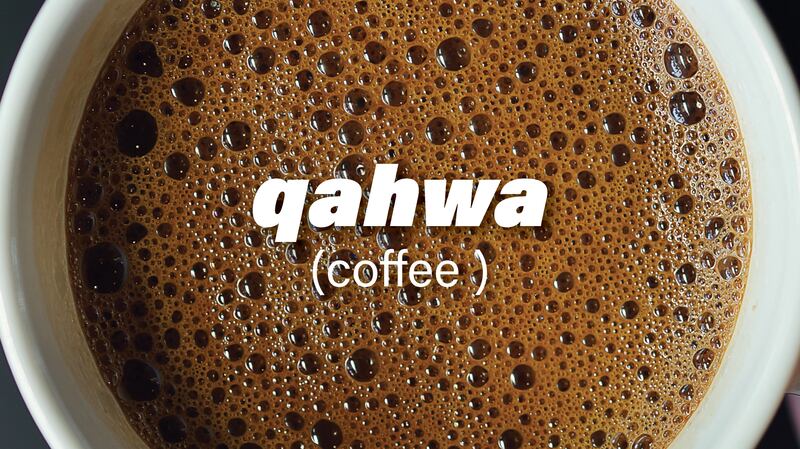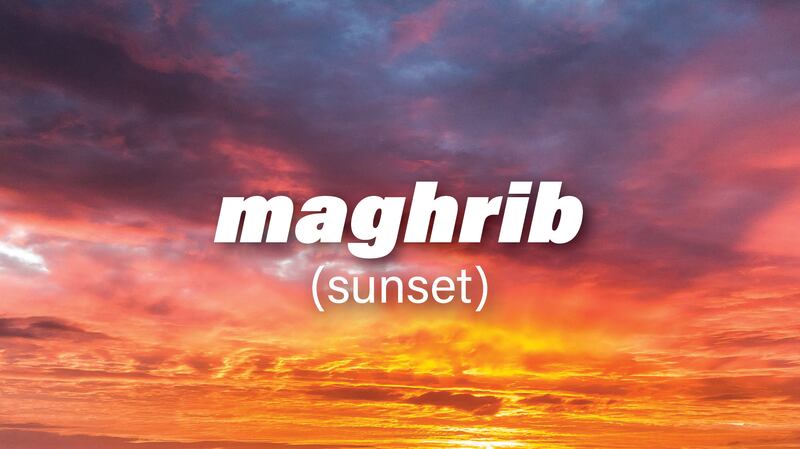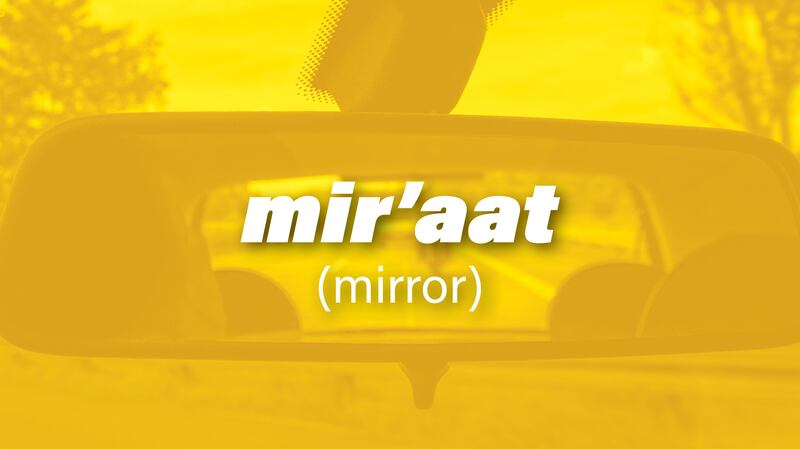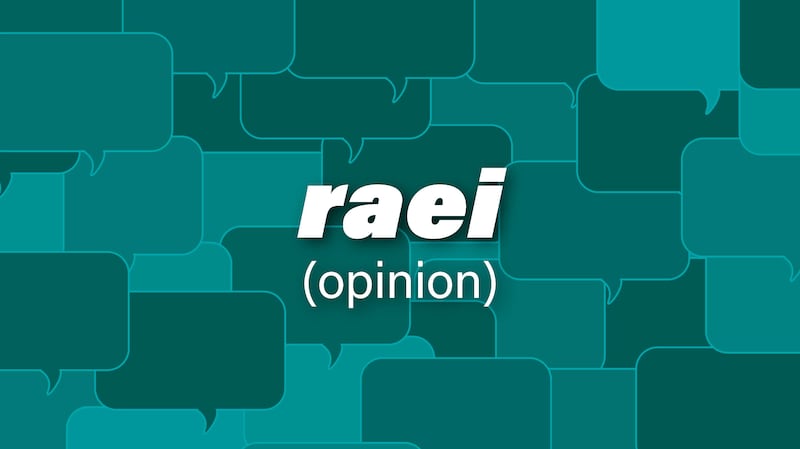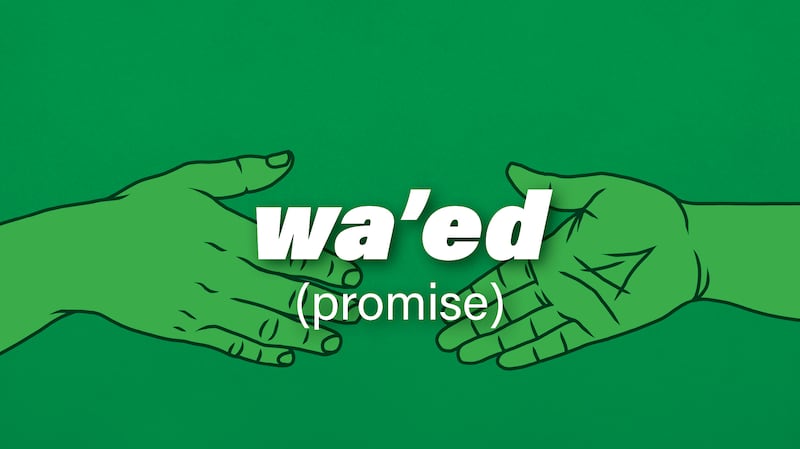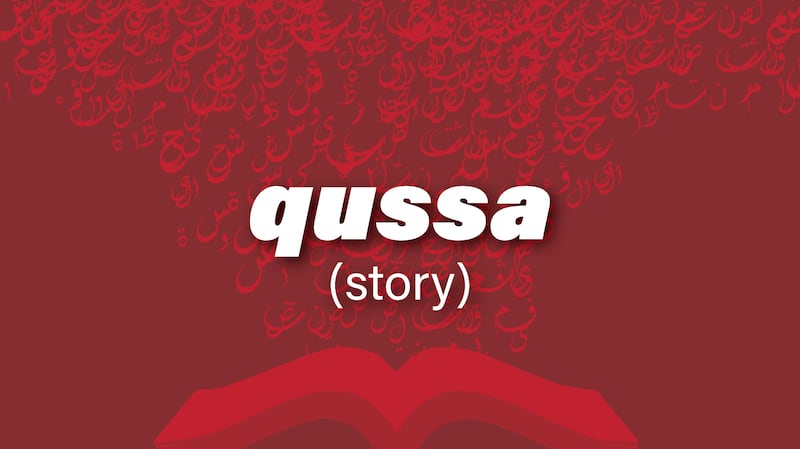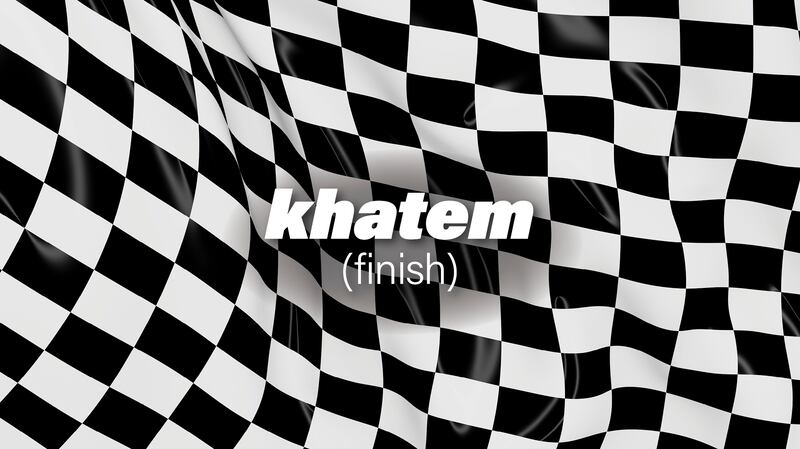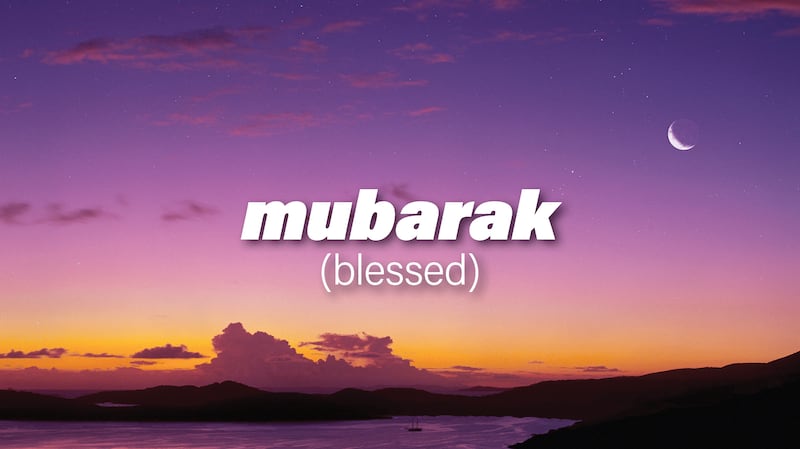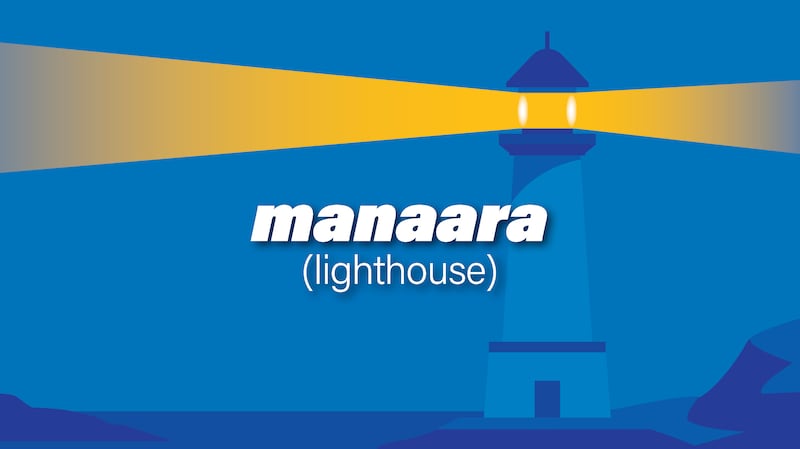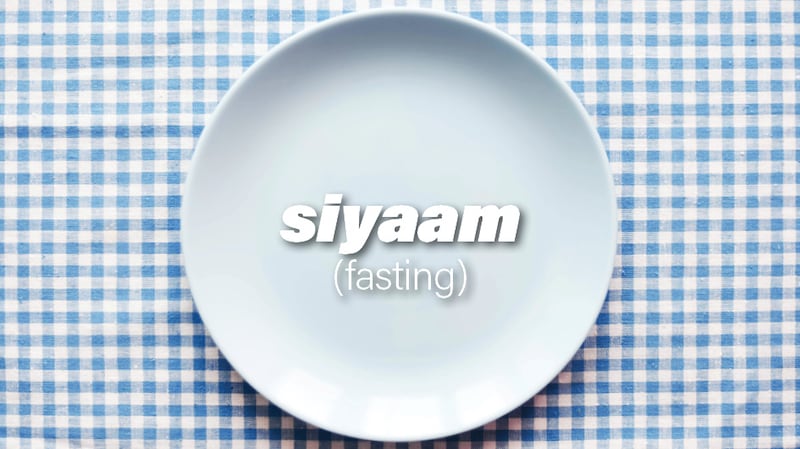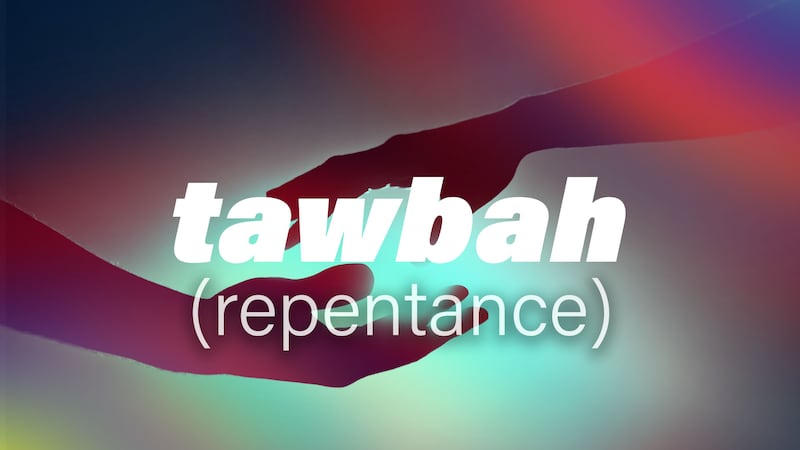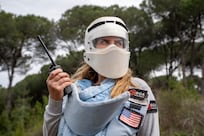Any artist will tell you that drawing is the foundation of the work they do. But this also depends on the definition of drawing.
Renowned French artist Edgar Degas, considered one of the pioneering figures of the impressionist movement, was reported to have said that “drawing is the artist's most direct and spontaneous expression, a species of writing: it reveals, better than does painting, his true personality”.
His words could be used to explain how this week's Arabic Word of the Week is defined and used within and outside the art world.
Rasem is made up of the three Arabic letters – Rah, Seen and Meem. While it can simply mean a drawing or a sketch it is also a malleable word with a definition that can change depending on context and dialect – particularly between colloquial and classical Arabic.
Most commonly, rasem is a noun within the field of education and the arts. Rasem refers to a finished object of mark-making, either a detailed drawing or a loose sketch created by a person. This drawing can be a figurative illustration of a person, thing or scene created by a pencil or brush.
Within this context, rasem specifically means work by someone who has a creative talent or is training in that talent. It does not refer to the work of someone who is not creatively gifted. A doodle by a non-creative person would not be considered a rasem. This definition is the most common in colloquial Arabic dialects.
There are various types of rasem within the context of the arts. Rasem al ousbaee, which translates to “drawing of fingers”, is a technique used to draw without a pencil or brush but using fingers or a hand. Rasem al soutee, which translates to “drawing of sounds”, is the creative use of someone’s voice for performance purposes. For example, singing, the reciting of poetry or imitation of sounds or voices.
Rasem al mayeee, which translates to “water drawing”, refers to creating work through the medium of water colour, while rasem al manthouri refers to creating a 3D drawing on a 2D medium to give the impression of hyper realism or an optical illusion.
There are also rasem al mechaniny, which are the drawings or plans for engineering or architectural structures; rasem hazali which refers to the art of caricature drawings; and rousom moutaharika, which are animated drawings.
Rasem has other meanings too. While not so commonly used colloquially, these hold value in classical Arabic and in official spaces. Rasem can refer to the fees from a government for services it provides to the public. For example, in Dubai, the electronic toll road system Salik is a fee motorists are expected to pay when their vehicles pass through a toll gate.
Within the context of money, rasem is also the tip one pays a service professional such as a waiter.
The ideas of mark-making within some kind of parameter and within set guidelines is a concept within rasem which connects not only to its root word but other words associated with it – even if they have different meanings.
Rasem is derived from the word rasama, which means to mark something. This verb refers to the act of either drawing a line or a shape to represent what exists in the real world or what can be conjured from the imagination.
In classical Arabic, it can be used in specific contexts to describe the act of writing in a book. It can also mean to plan or design something in one’s mind or to write a plan of action. A similar concept and phrase exists in English – “to draw out a plan”.
Rasama can also refer to other traces of mark-making, but in the natural world. For example, when there are tracs of rain after a storm, such as rain drops on a window or footprints of an animal on the ground. These are considered the drawings of nature.
Rasem also lends itself to other concepts connected to the drawing of ideas but not referring to physical sketches. For example, the word rasmeeyat, derived from rasem, refers to a set of formal protocols or etiquette that must be adhered to at a social occasion like a party, funeral or wedding.
There is also the verb irtasama, which could be translated to the concept of the light bulb moment. It refers to the action of or the moment when things become clear in one’s mind after much deliberation.
In this instance, the connection is that the truth is exposed to someone in the same way a drawing can also reveal the truth of reality of feelings.
